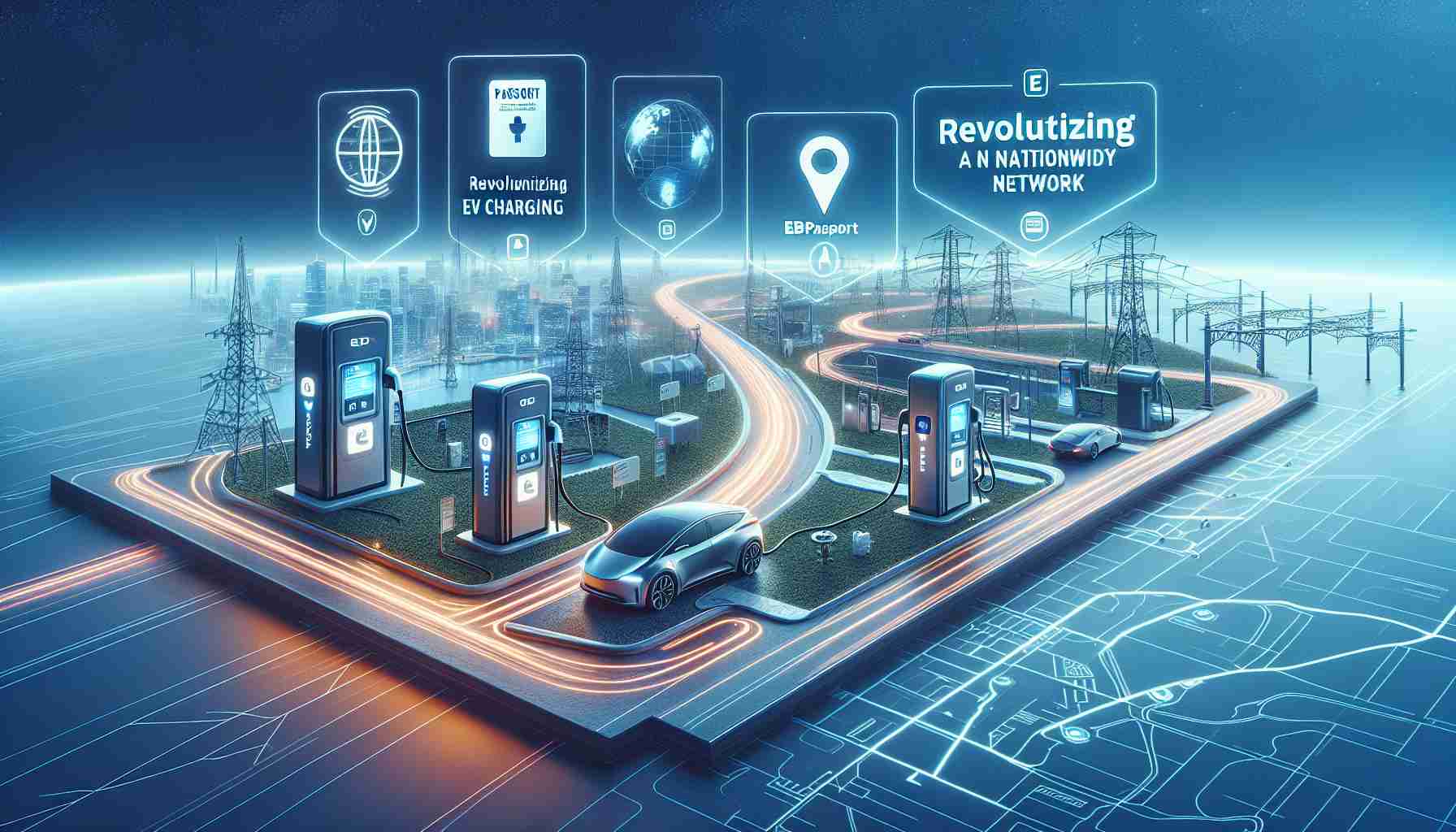- EVPassport and CBRE have partnered to install over 3,600 electric vehicle chargers across 600+ locations in the U.S.
- The initiative targets multifamily dwellings and hospitality venues to ease range anxiety for EV drivers.
- The partnership aims to make EV charging as accessible as traditional refueling.
- CBRE’s vision emphasizes ease and efficiency in response to rising demand for competent EV infrastructure.
- The 2024 Occupier Sentiment Survey reveals that over half of respondents consider EV charging facilities crucial in property decisions.
- These efforts highlight the growing necessity for robust electric vehicle charging infrastructure.
- The collaboration signifies a move toward cleaner cities and empowered consumers.
- The future of electric vehicle charging is rapidly approaching.
Electric vehicles glide silently into parking spots across America, fueled by a quiet revolution led by EVPassport and CBRE. This Santa Monica-based innovator in enterprise EV charging solutions has joined forces with the real estate behemoth, CBRE, to weave a sprawling tapestry of over 3,600 electric vehicle chargers across more than 600 locations from coast to coast.
Picture this: multifamily dwellings and bustling hospitality venues transformed into hubs of sustainable energy, where drivers plug in their vehicles and leave behind thoughts of range anxiety. The partnership, brimming with potential, aims to make charging as seamless and accessible as filling up a tank of gas, ushering in a new era for property owners and their residents.
The head of EV Charging Solutions at CBRE shared a vision that captures the horizon of electric mobility. They underscored their commitment to a charging experience marked by ease and efficiency—a response to the swelling demand for competent infrastructure nationwide.
Guided by CBRE’s robust portfolio and illuminated by the insights from their 2024 Occupier Sentiment Survey, it’s evident that there is a surge in demand; a little over half of the respondents indicated that EV charging facilities are pivotally influencing their property choices.
The takeaway: as innovation accelerates, partnerships like this chart a course towards cleaner cities and empowered consumers, spotlighting the electric vehicle charging infrastructure as more than just a convenience, but a necessity. The future is charging, and it’s arriving faster than you think.
Unlocking the EV Revolution: Developments, Insights, and Strategies
How-To Steps & Life Hacks: Making EV Charging Convenient
1. Understand Your Needs: Identify where and how often you’ll use EV charging stations. Are you primarily charging at home, or do you need access to public charging networks?
2. Explore Incentives: Check for government grants and subsidies for installing home charging stations. Websites like U.S. Department of Energy can provide information on available incentives.
3. Select the Right Charger: Choose between Level 1 (slow), Level 2 (faster), and DC Fast Charging based on your electric vehicle’s capabilities and your commuting habits.
4. App Utilization: Use apps like PlugShare to locate nearby charging stations, ensuring you always have access when needed.
Real-World Use Cases
– Multifamily Residences: Property managers are installing EV chargers as a differentiator for attracting eco-conscious tenants.
– Hospitality Venues: Hotels are using EV chargers to appeal to guests who prioritize sustainability, offering a unique selling point over competitors.
Market Forecasts & Industry Trends
The EV charging market is expected to grow significantly, with forecasts predicting the global market size to reach approximately $150 billion by 2030 (source: IEA). This growth is driven by increased EV adoption and regulatory push towards greener transportation.
Reviews & Comparisons
– EVPassport vs. Competitors: EVPassport offers an open network with competitive pricing, but others like ChargePoint and Blink also provide extensive networks with different pricing models and features.
Controversies & Limitations
– Infrastructure Challenges: The expansion of EV charging networks faces hurdles like grid capacity constraints and uneven rural distribution.
Features, Specs & Pricing
– EVPassport Chargers: They feature user-friendly interfaces, real-time availability tracking, and competitive pricing, making them popular in urban centers.
Security & Sustainability
– Data Security: Ensure your charging network provider complies with data protection standards as these stations collect user data.
– Sustainability Impact: EV charging stations contribute to lowering emissions, but their full sustainability is reliant upon the energy source used for power.
Insights & Predictions
Expect an infrastructural shift as more cities integrate EV chargers into public spaces, catalyzing a network of convenience where distance no longer deters potential EV owners.
Tutorials & Compatibility
– Installation Guide: Engage a certified electrician for the installation of home charging setups to comply with local electrical codes.
Pros & Cons Overview
Pros:
– Reduced emissions and fuel costs.
– Incentives and subsidies can lower installation costs.
Cons:
– Initial investment in charger installation.
– Limited fast charging infrastructure in rural areas.
Actionable Recommendations
– For Property Owners: Consider EV charger installations as a means to increase property value and attract sustainability-focused tenants or patrons.
– For Consumers: Stay updated on new charging stations in your area to maximize convenience and planning for long trips.
For more insights and information on sustainable energy solutions, visit Department of Energy or CBRE.














